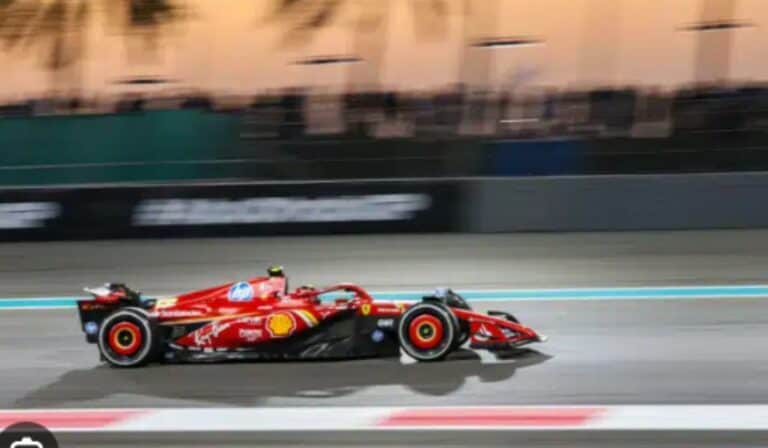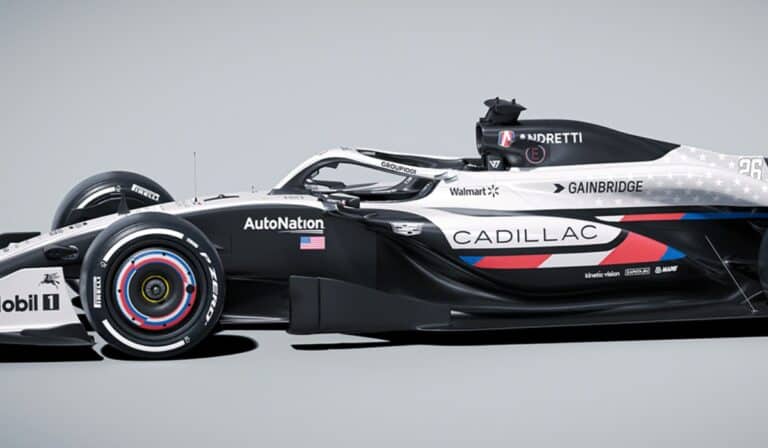The Impact of Track Characteristics on Formula 1 Outcomes
Formula 1 is a passion-packed game in which teams and drivers are presented with brand-new challenges every weekend. Among the many factors linked to race results, the features of the circuit are vital. This article studies the different types of tracks, ranging from high-speed straights to tight bends and elevation changes, which can have a significant impact on race strategies, car setups, and, ultimately, race results.
Understanding Track Characteristics
Formula 1 circuits are marvels of engineering, each with its personality and challenges. Tracks can generally be categorized by their layout and features, influencing everything from tyre selection to aerodynamic configurations.
1. High-speed tracks
Monza, Italy, and Silverstone, Great Britain, are where you’ll find fast straights and corners so numerous they seem to have no end. Besides engine power, this type of racetrack requires low-drag, high-top-speed cars that are also aerodynamically efficient. To take full advantage of the high-speed straights, many teams use a low-downforce setup in their car to maximize straight-line speed. The result is often thrilling manoeuvres and high-speed overtaking.
2. Technical Circuits
In contrast, tracks such as Monaco Street Circuit or Singapore’s Marina Bay Street Circuit are often narrower, with many slow corners and few places to overtake. These circuits demand high downforce levels for better handling and grip. Performing well at these tracks is almost entirely dependent on qualifying because it is difficult to overtake during the race.
3. Mixed-Layout Circuits
Circuits like Spa-Francorchamps in Belgium and the Circuit de Barcelona-Catalunya in Spain offer a blend of high-speed sections and technical corners. These tracks test a car’s all-around performance, requiring a balanced setup that does not heavily favour either straight-line speed or cornering ability. Teams must find the right compromise between downforce and drag to excel.
Impact on Race Strategy
Track characteristics significantly influence race strategy, particularly in tyre selection, pit stop timing, and fuel management. On high-speed circuits, tyre wear is often less of a concern than on more technical tracks, where constant acceleration and deceleration can rapidly degrade tyres.
Tyre Strategy
Selecting the right tyre compound is crucial. Softer compounds provide more grip but wear out faster, making them ideal for qualifying and shorter stints on technical circuits. Conversely, harder compounds last longer but offer less grip, suiting high-speed tracks where lower tyre degradation occurs.
Pit Stop Strategy
The nature of the track also dictates pit stop strategy. On circuits where overtaking is difficult, teams might opt for an aggressive strategy, pitting early to gain track position. On tracks with multiple overtaking opportunities, a more conservative approach, focusing on tyre management and fewer pit stops, can be advantageous.
Influence on Car Setup
Teams tailor their car setups to each circuit, adjusting aerodynamics, suspension settings, and brake configurations to optimize performance. For instance, high-speed tracks require a streamlined setup to reduce drag, while technical circuits demand increased downforce for better cornering. An aerodynamic setup is a balancing act. High downforce increases drag, reducing top speed on straights but improving cornering speeds. Teams must find the optimal setup that complements the track layout, a task complicated by varying weather conditions and track temperatures.
Suspension settings are adjusted to cope with the track’s demands, from the high-speed stability required at Monza to the nimble responsiveness needed in Monaco. Moreover, on circuits with long braking zones brake setups are particularly important. It might be the difference between success and failure in races on managing brake temperatures and wear.
Driver Skills and Experience
Though technical factors are important, the driver’s ability to adapt to the different conditions at each track is even more crucial. Experienced drivers get the most out of their vehicles by adjusting their driving styles to the characteristics of the course. To glide smoothly around hairpin bends and yawn-inducing curves, one must be precise. Of course, driving on the edge without going over is a delicate task that requires skill, patience, and aggression.
In Formula 1 racing, the significance of circuit characteristics on competition outcomes is immeasurable. Each track poses a different test, requiring specific adjustments to each car’s setup and race strategy as well as how it should be driven. Torque and car types are not enough to predict success. But in road racing on circuits that offer an infinite variety, drivers & teams often finish in unexpected places indicating just how important this quality is.
Conclusion:
In the high-stakes world of Formula 1, understanding and mastering the nuances of each track is essential for success. As the sport continues to evolve, with new technologies and regulations, the ability to adapt to the diverse challenges of different circuits will remain a key determinant of race outcomes, captivating fans around the world with the spectacle of motorsport at its finest.







